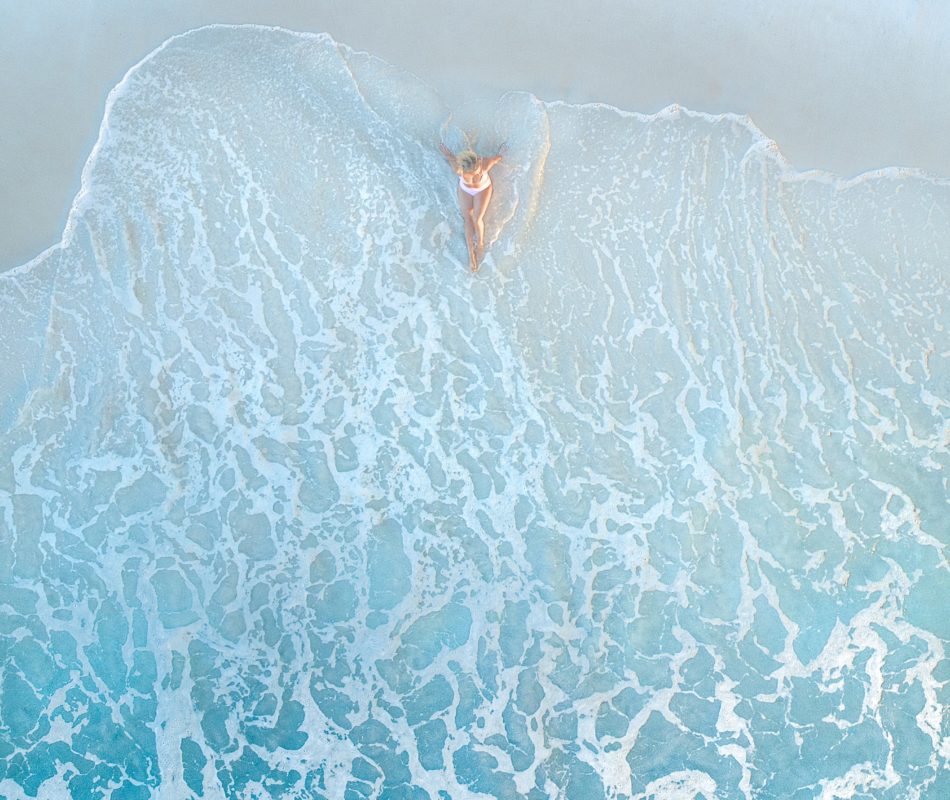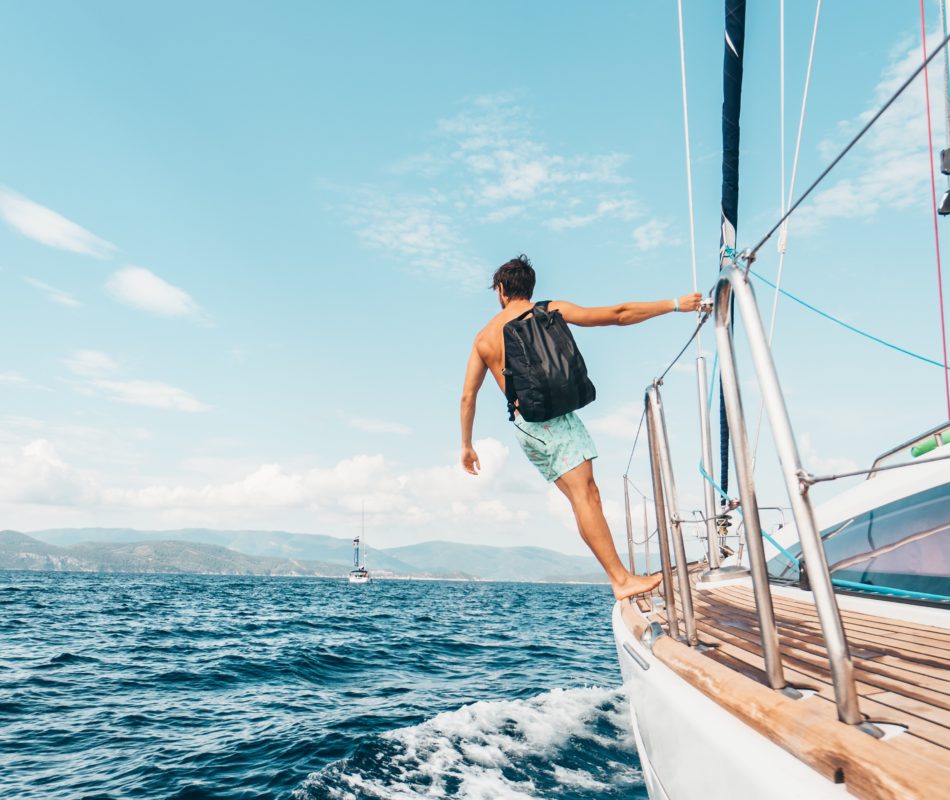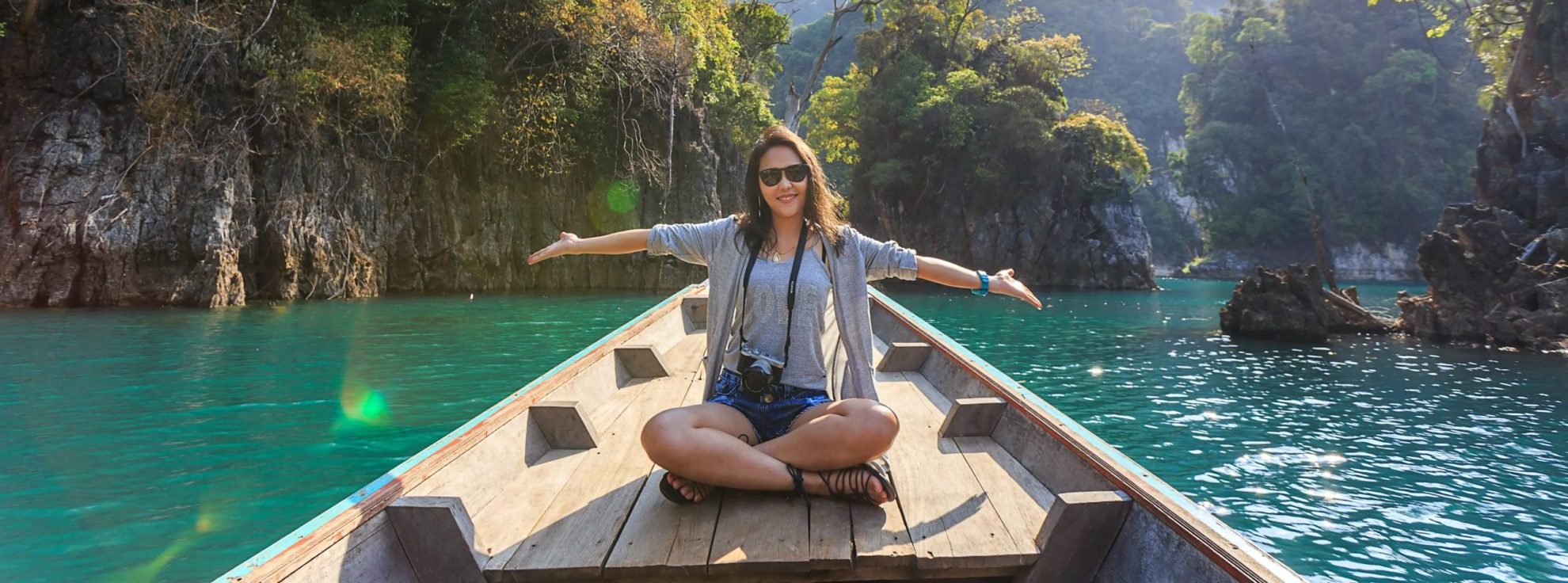Cyprus has something to offer for visitors of all backgrounds and the island is full of culture and history. There are many places to visit to experience the rich traditions of the local people and explore the diverse beauty of the island.
The main attraction for both Ayia Napa and Protaras is most definitely the spectacular beaches with soft golden sand and clear turquoise waters. For a day of total relaxation, visit one of the smaller beaches such as Pernera beach or Green Bay in Protaras, which are both great for snorkeling and swimming. For a fun day out, a visit to Nissi Beach is a must, where you can enjoy a beach party and dance until the sun goes down, whilst enjoying the spectacular scenery.
Aside from all the fun, Ayia Napa and Protaras are also full of history, culture and beautiful scenery. Ayia Napa has a 14th century monastery, an ancient aqueduct, a sea museum and many churches.
Visit the sea caves and watch swimmers dive into the sea, or spend a day walking or cycling at the Cape Greco national forest park area.
During the tourist season, various festivals are organized which reflect the customs and the traditions of the local people as well as the historic, cultural and agricultural practices of the region as a whole. Sample traditional sweets and drinks and enjoy the local music and dancing.
With such a range of places to see and explore, it’s no surprise that visitors find themselves returning to Cyprus time and time again.
Beaches
With 22 Blue Flag beaches, the resorts of Ayia Napa and Protaras are a sunbathers’ paradise. With soft golden sand and clear turquoise waters, the beaches in this area are well known to be the best on the island and among the best in the Mediterranean.
Many beaches have facilities such as restaurants and snack bars along with changing and toilet facilities. Sunbeds and umbrellas are readily available for rent and lifeguards are also on duty at many beaches throughout the summer months.
The beaches in this area range from small sandy coves with shallow waters which are ideal for children, to long stretches of beach with plenty of watersports on offer.
Thalassa Museum
The Thalassa Museum is located in the centre of Ayia and is the first museum of its kind in the Mediterranean which aims to present to visitors, local and foreign visitors, the impact and the significance of the sea upon the history of the island.
The exhibits in the museum cover a wide chronological span, from paleontological to historic periods until present times.
The museum is a three story building made of marble, onyx, wood, metal and offers unique experiences appealing to all the senses with its ‘bird eye view’.
It incorporates seven levels and the paleontological, geological, archaeological and marine life exhibits are presented in underground showcases, where visitors are able to walk and view the objects from above. Many exhibits are freely placed in the museum and others are suspended from the ceiling.
An attractively designed cafeteria, gift shop, open air amphitheater and a multi-purpose hall for shows, lectures, seminars, and workshops complement this interesting and contemporary Municipal museum.
Ayia Napa Monastery
The Ayia Napa Monastery is located in the centre of the resort. Ayia Napa takes its name from the “Icon of Virgin Mary of Napes”, which means “the Saint of the woods” and thus, she was named “Ayia Napa”.
Although not enough evidence as to when the Monastery was originally founded, the cave, the hiding place and the well, all testify to the existence of the Christian community, from the time of the Byzantine era.
According to local tradition, in the cave that has now become a church, the miraculous icon of the Virgin Mary was found by a hunter. The hunter’s dog was first to see the glowing icon and began barking, insistently calling over his master. A considerable number of believers started visiting the holy place of the cave, as soon as they heard about the discovery of the icon.
During the 14th century, the remaining half of the cave was built into a church. Another tradition mentions that the daughter of a noble Venetian family took refuge in the cave out of obstinacy, because of her parents’ refusal to allow her marriage with a non-aristocrat. It is said that around the year 1500 the wealthy Venetian built the church, the cells and a flourmill, on her own expenses. A women’s monastery and a Roman chapel were gradually created. The right aisle of the church, right after the entrance, operated as the Roman chapel. The enormous sycamore tree of the monastery, which is found next to the reservoir, is said to have been planted by the Venetian woman. When the time of her death approached, she built the stone, vaulted monument. She wished to be buried in this monument, next to the dew of the reservoir.
The monastery is today a popular location for wedding photographs and is the setting for the annual Ayia Napa festival which features a number of cultural events.
There are many other churches in the Ayia Napa and Protaras areas that reflect the unspoiled character of the countryside and the ever traditional inner human spirit that still has a special significance in today’s modern changing world. Every chapel is dedicated to a patron Saint, where once a year, there is a day of celebration in honor of that Saint.
Visitors in Cyprus can drive using a valid International driving licence, or their National driving licence, provided it is valid for the class of vehicle they wish to drive
Drive on the left in Cyprus (as in the UK, unlike the rest of western Europe)
Motor fuel and unleaded petrol may be bought in unlimited quantities at Petrol stations. Petrol is sold by the litre.
Rush hours in the towns are approximately between 07:30-08:00 / 13:00-13:30 and in late afternoon 17:00-18:00 in winter, or 18:00-19:00 in summer.
Seat belts for driver and passengers are compulsory
It is obligatory for all children under the age of five to sit in the back, strapped into a proper child car seat. Children from five to ten years of age may occupy the front passenger seat provided a child’s seat belt has been fitted. Child seats are required up to the age of 12 or a height of 150cm
Using a mobile phone while driving is prohibited unless using a ‘hands-free’ unit.
Smoking in a vehicle which is carrying a passenger under the age of 16 is prohibited
Motorcyclists and passengers must wear a crash helmet
Motorcycle/moped/scooter passengers must be over the age of 12 and sit astride the seat
Road signs are in English and Greek, and occasionally in Turkish
Distances are marked in kilometres
Road speeds are marked in kilometres per hour (Km/h)
All roads on the entire island are toll free
Third party liability insurance is obligatory
For emergency assistance call 112 or 199
Sea Caves & Palaces
Apart from its endless sandy beaches, Ayia Napa also features secluded coves which are perfect for snorkeling and diving. Located just to the east of the resort area and easily accessible by car or bike, the Ayia Napa Sea caves are a natural attraction, created over millions of years by constant wave action and erosion of the Cyprus coastline. Only 3 kms away from the resort, they are a continuation of the rocky shore, starting from the end of the Harbour beach but more pronounced, resulting in a beautiful creation of cliffs, rock formations and caves. Every day, many visitors spend time here admiring the power of the Mediterranean Sea.
Another intriguing landmark of the area is known as the Palaces. Situated between Kermia Beach and Cape Greco, the Palaces are actually an original rock formation which, over the time, has been incredibly sculpted by the waves of the sea.
A spectacular sight where swimmers dive off the rocks into the crystal clear waters, the Palaces can be viewed from above along the coastline and reached by boat.
The sea caves are also a popular sight for wedding photographs offering a magnificent backdrop view. Unique and impressive, visiting the sea caves and palaces is a memorable way of spending at least a few hours whilst on holiday.
Cape Greco
A holiday to this area of Cyprus is not complete without a trip to the cliffs of Cape Greco.
The most southeasterly tip of both the island and the continent, Cape Greco is a relatively unspoilt area with great natural beauty which changes throughout the year, offering something different each season.
An oasis of tranquility, Cape Greco is situated midway between the busy resorts of Ayia Napa and Protaras. Covering an area of 385 hectares, it was originally covered by a dense juniper forest. During a short period of time, mainly between 1910 and 1920, the trees were rapidly cut down and burned to power the steam flour mills which were in abundance in the Paralimni area. Since then the slow growing juniper has never been able to recover. Today, although juniper and varieties of pine can still be found, trees and shrubs are mostly limited to sparse low level growth, including 14 species endemic to Cyprus. Various flowers including orchids and other rare plant species are also found here and during the springtime there are many flowers in bloom.
The park is also a game reserve with hunting prohibited. Hares, foxes and hedgehogs are common and over 80 different species of birds, including many migratory species have been spotted. Visitors to the area are also likely to see Lizards and a large variety of butterflies.
There are nine hiking and nature trails which extend to a length of 16 kilometres. These are signposted and take in all the points of interest in the park. One of these nature trails forms part of the European Long Distance Trail E4, running from Cyprus to Gibraltar.
There is also 4 kilometres of bicycle track and a designated picnic area. The rocky seabed and underwater caves encourage a wealth of sea life making this area a hotspot for both snorkelling and scuba diving. Fishing is also a popular and peaceful way to spend time here.




